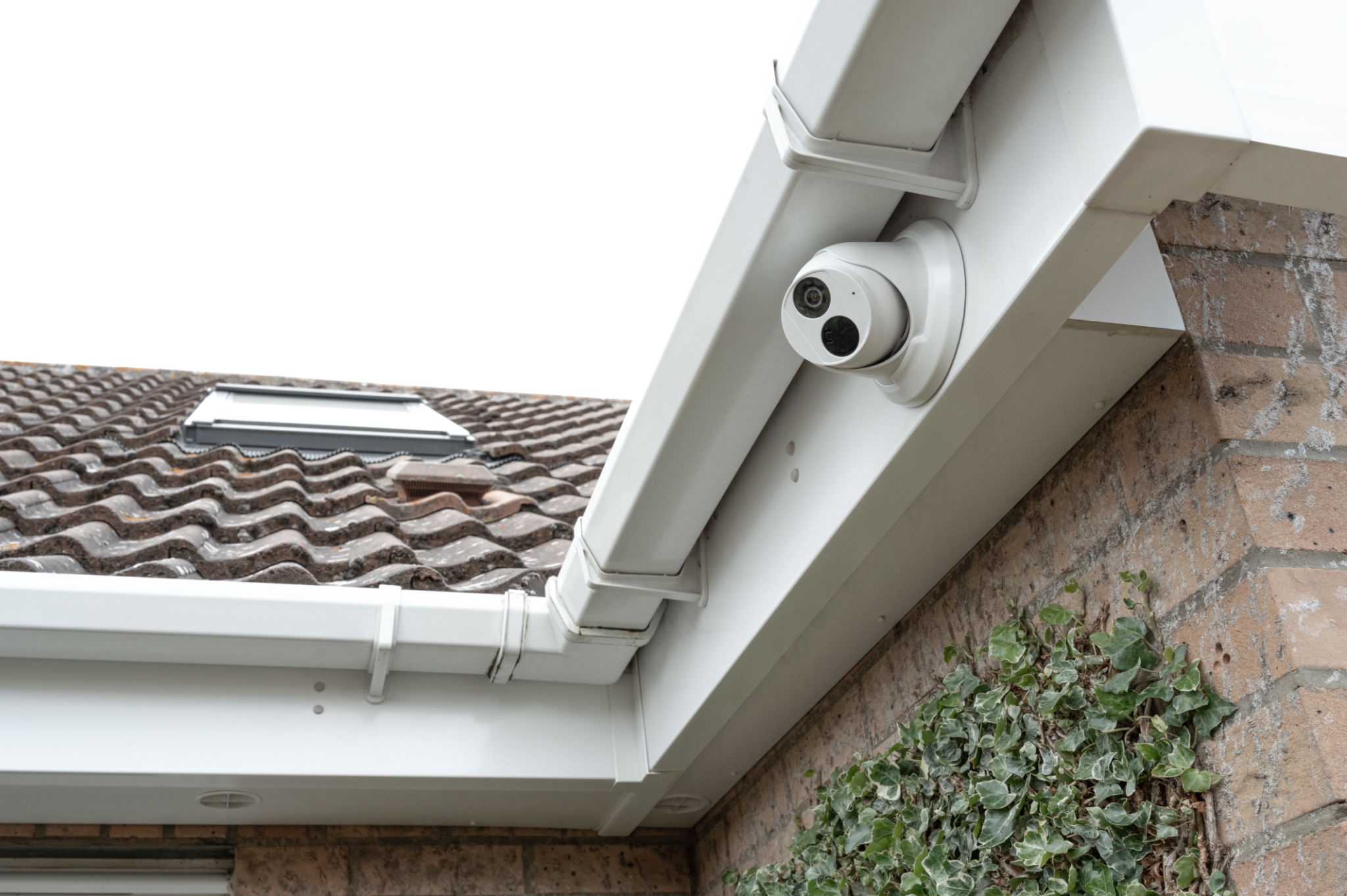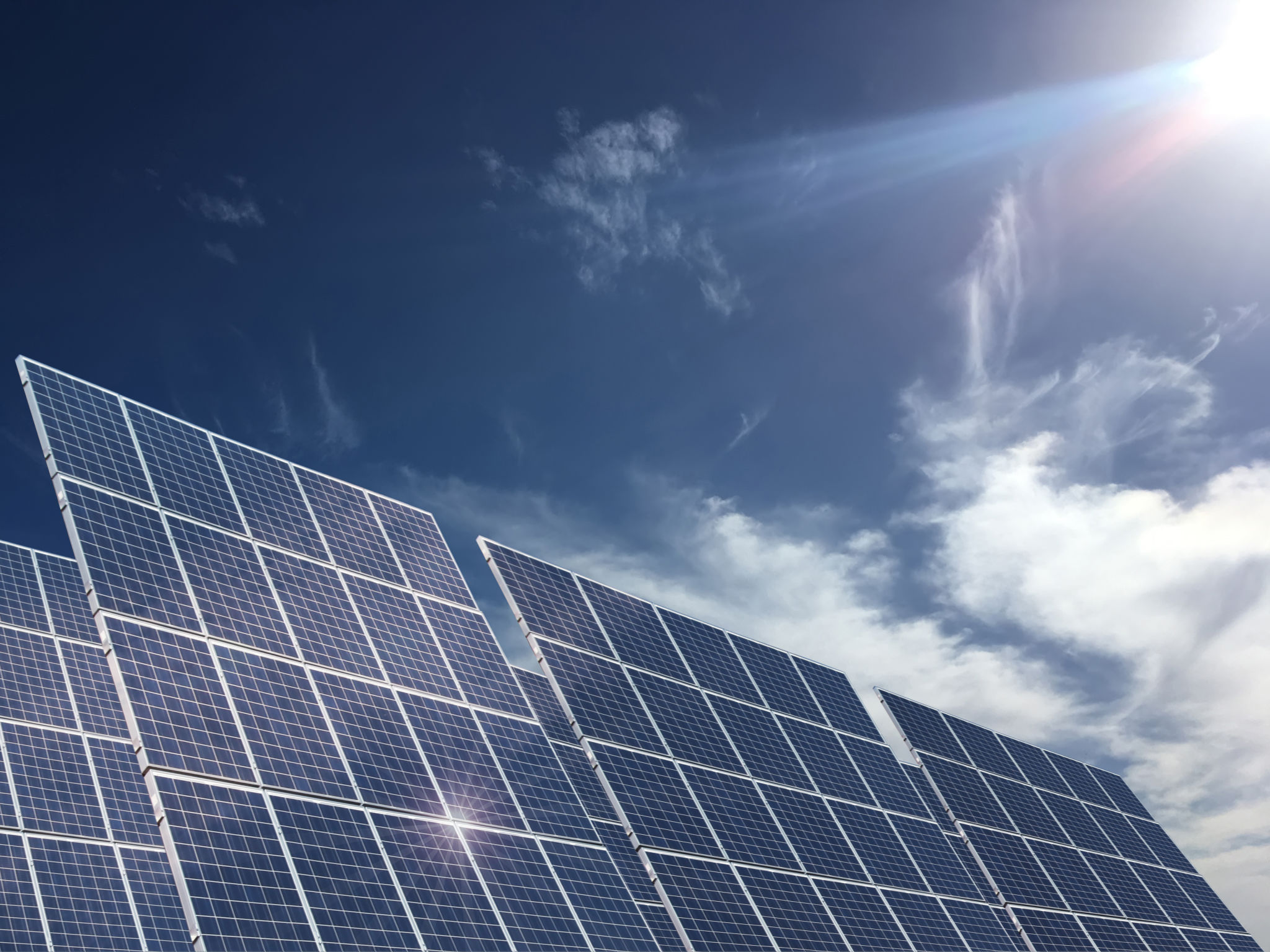Comparing Traditional and Smart Home Roofing Systems
Understanding Traditional Roofing Systems
Traditional roofing systems have been the backbone of architecture for centuries. These roofs are primarily made from materials such as asphalt shingles, clay tiles, wood shakes, and metal sheets. Each material offers its own set of benefits and challenges, but they all share a common goal: to provide shelter and protection from the elements.
One of the key advantages of traditional roofing is its proven durability. Asphalt shingles, for example, are known for their ability to withstand harsh weather conditions and provide a relatively low-cost option for homeowners. Clay tiles, on the other hand, offer excellent insulation and can last for decades with proper maintenance.

Limitations of Traditional Roofing
Despite their durability, traditional roofing systems come with certain limitations. For instance, they often require regular maintenance and can be prone to damage from severe weather events such as hurricanes or heavy snowfall. Additionally, the installation process can be labor-intensive and time-consuming, making it a costly investment for many homeowners.
Another limitation is the lack of energy efficiency. Traditional roofs are not typically designed with energy conservation in mind, which can lead to higher heating and cooling costs. As environmental concerns continue to rise, this aspect of traditional roofing is becoming more significant for homeowners looking to reduce their carbon footprint.
Introduction to Smart Home Roofing Systems
Smart home roofing systems are revolutionizing the way we think about our homes. These roofs incorporate advanced technologies and materials to enhance energy efficiency, durability, and overall functionality. They offer a modern alternative to traditional roofing and are designed to meet the needs of today's environmentally conscious homeowners.

Benefits of Smart Home Roofing
One of the most compelling benefits of smart home roofing is its energy-saving capabilities. With features such as solar panels and reflective coatings, these roofs can significantly reduce energy consumption. Many smart roofs are also equipped with sensors and automated systems that monitor weather conditions and adjust accordingly, ensuring optimal performance at all times.
In addition to energy efficiency, smart home roofs are designed for enhanced durability. Advanced materials such as impact-resistant shingles and weatherproof membranes offer superior protection against extreme weather conditions. This not only extends the lifespan of the roof but also minimizes the need for repairs and maintenance.

Considerations When Choosing a Roofing System
When deciding between traditional and smart home roofing systems, it's important to consider several factors. Budget is often a primary concern, as smart roofing can have a higher upfront cost compared to traditional options. However, the long-term savings on energy bills and reduced maintenance costs may offset the initial investment.
It's also crucial to evaluate your specific needs and preferences. If sustainability and energy efficiency are top priorities, a smart home roofing system may be the best choice. For those who prefer a more classic aesthetic or are working within a tighter budget, traditional roofing might be more suitable.
The Future of Roofing Systems
The evolution of roofing systems reflects broader trends in architecture and technology. As smart home innovations continue to advance, we can expect further improvements in energy efficiency and sustainability. Whether you choose a traditional or smart roof, staying informed about the latest developments will help you make the best decision for your home.
Ultimately, both traditional and smart home roofing systems have their unique advantages. By understanding their differences and weighing your options carefully, you can select the roof that best aligns with your lifestyle and values.